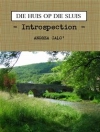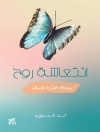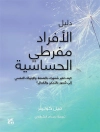Some of the most spectacular and famous spring wildflower displays in California occur in the state’s deserts. In fact, California’s deserts support a surprisingly rich diversity of plants and animals year-round, making them a rewarding destination for outdoor enthusiasts as well as professional naturalists. First published forty years ago, this popular field guide has never been superseded as a guide to the wildflowers in these botanically rich areas. Easy-to-use, portable, and comprehensive, it has now been thoroughly updated and revised throughout, making it the perfect guide to take along on excursions into the Mojave and Colorado Deserts.
* Includes 220 new color photographs and 123 detailed drawings
* Now identifies more than 240 wildflowers in informative, engaging species accounts
* Covers such popular destinations as Death Valley, Palm Springs, and Joshua Tree National Park
Some of the most spectacular and famous spring wildflower displays in California occur in the state’s deserts. In fact, California’s deserts support a surprisingly rich diversity of plants and animals year-round, making them a rewarding destination for ou
Inhaltsverzeichnis
Editor’s Preface to the New Edition—
Phyllis M. Faber
Acknowledgments
Introduction
Introduction to Desert Plant Communities
Map of Desert Regions
Ferns and Fern Allies
Reddish Flowers: Rose to Purplish Red or Brown
Whitish Flowers: White to Pale Cream or Pale Pink or Greenish
Bluish Flowers: Blue to Violet
Yellowish Flowers: Yellow to Orange
Glossary
Art Credits
Index
Über den Autor
Philip A. Munz (1892-1974), of the Rancho Santa Ana Botanical Garden, was Professor of Botany at Pomona College, serving as Dean for three years. Diane L. Renshaw is a Consulting Ecologist. Phyllis M. Faber is General Editor of the California Natural History Guides.












